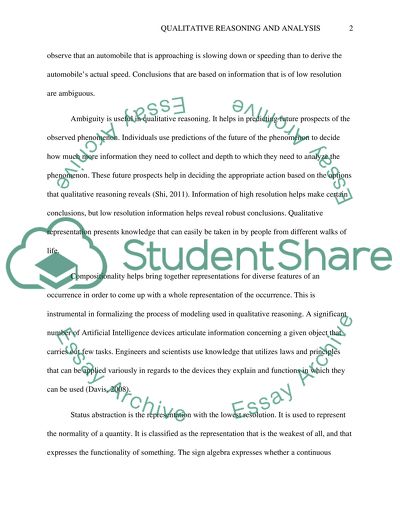Cite this document
(“Qualitative Reasoning and Analysis Essay Example | Topics and Well Written Essays - 1500 words”, n.d.)
Qualitative Reasoning and Analysis Essay Example | Topics and Well Written Essays - 1500 words. Retrieved from https://studentshare.org/psychology/1493939-qualitative-reasoning-and-analysis
Qualitative Reasoning and Analysis Essay Example | Topics and Well Written Essays - 1500 words. Retrieved from https://studentshare.org/psychology/1493939-qualitative-reasoning-and-analysis
(Qualitative Reasoning and Analysis Essay Example | Topics and Well Written Essays - 1500 Words)
Qualitative Reasoning and Analysis Essay Example | Topics and Well Written Essays - 1500 Words. https://studentshare.org/psychology/1493939-qualitative-reasoning-and-analysis.
Qualitative Reasoning and Analysis Essay Example | Topics and Well Written Essays - 1500 Words. https://studentshare.org/psychology/1493939-qualitative-reasoning-and-analysis.
“Qualitative Reasoning and Analysis Essay Example | Topics and Well Written Essays - 1500 Words”, n.d. https://studentshare.org/psychology/1493939-qualitative-reasoning-and-analysis.


